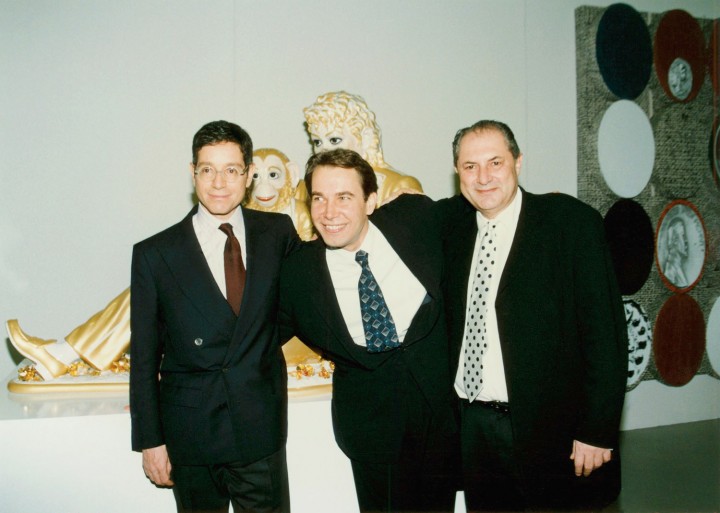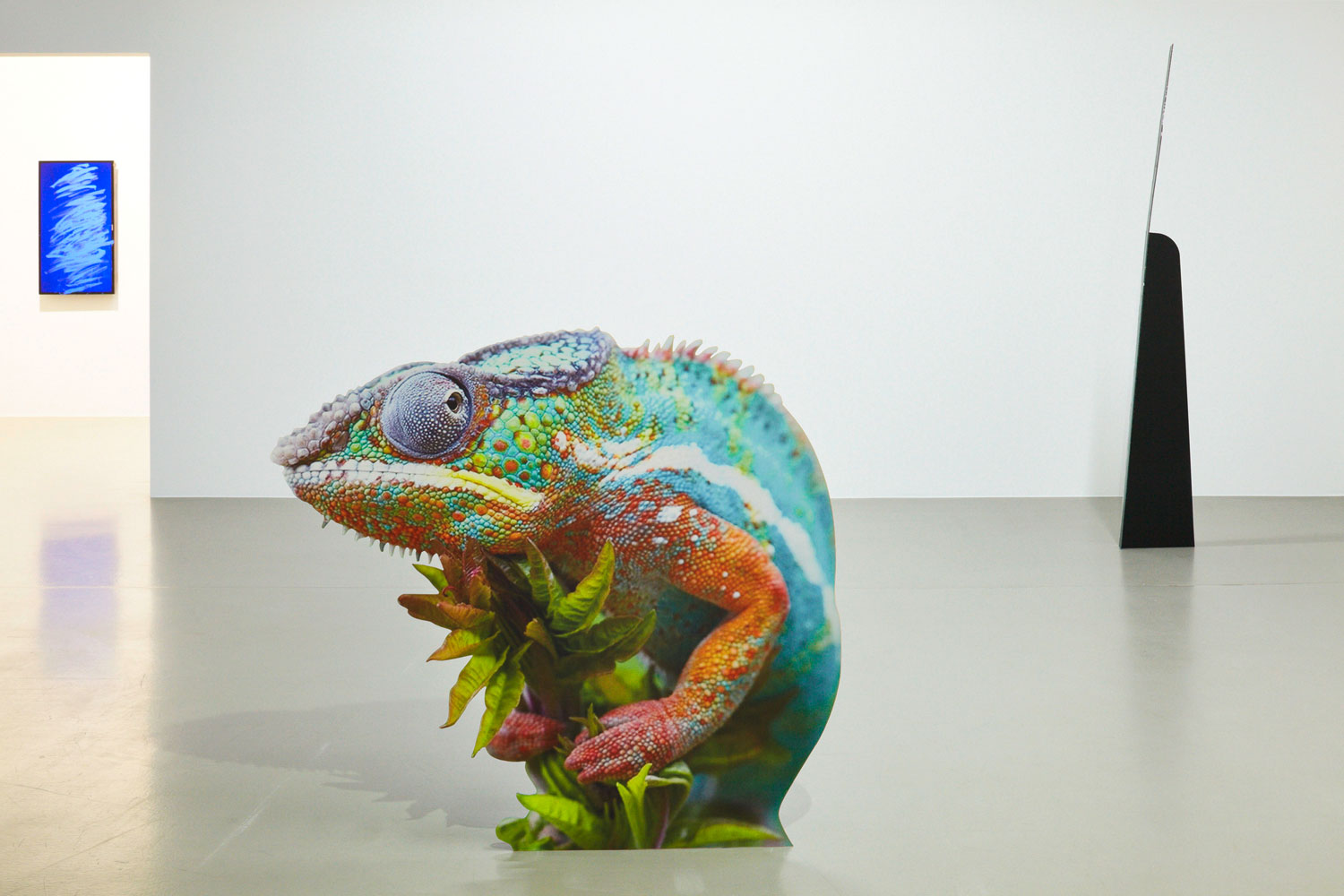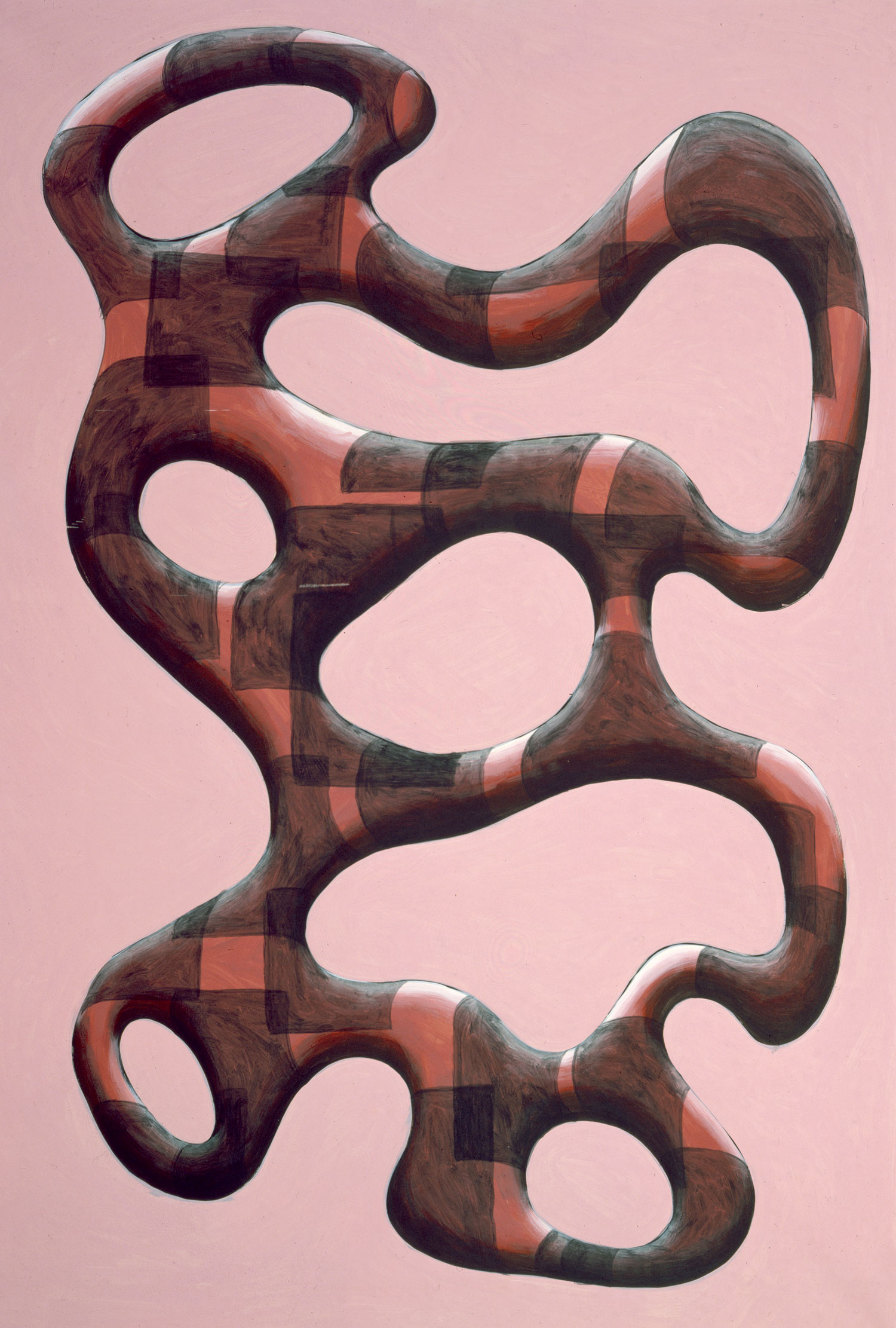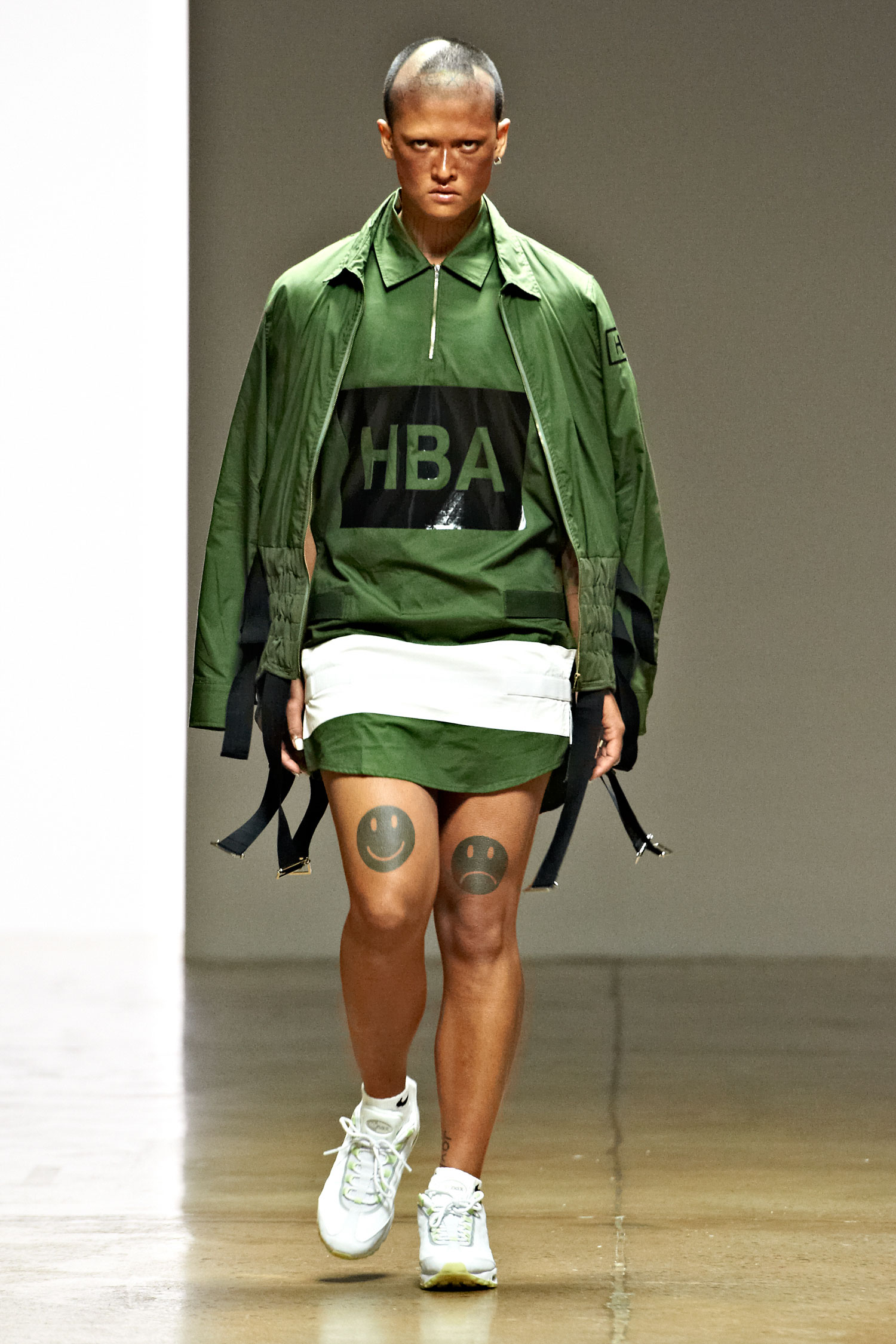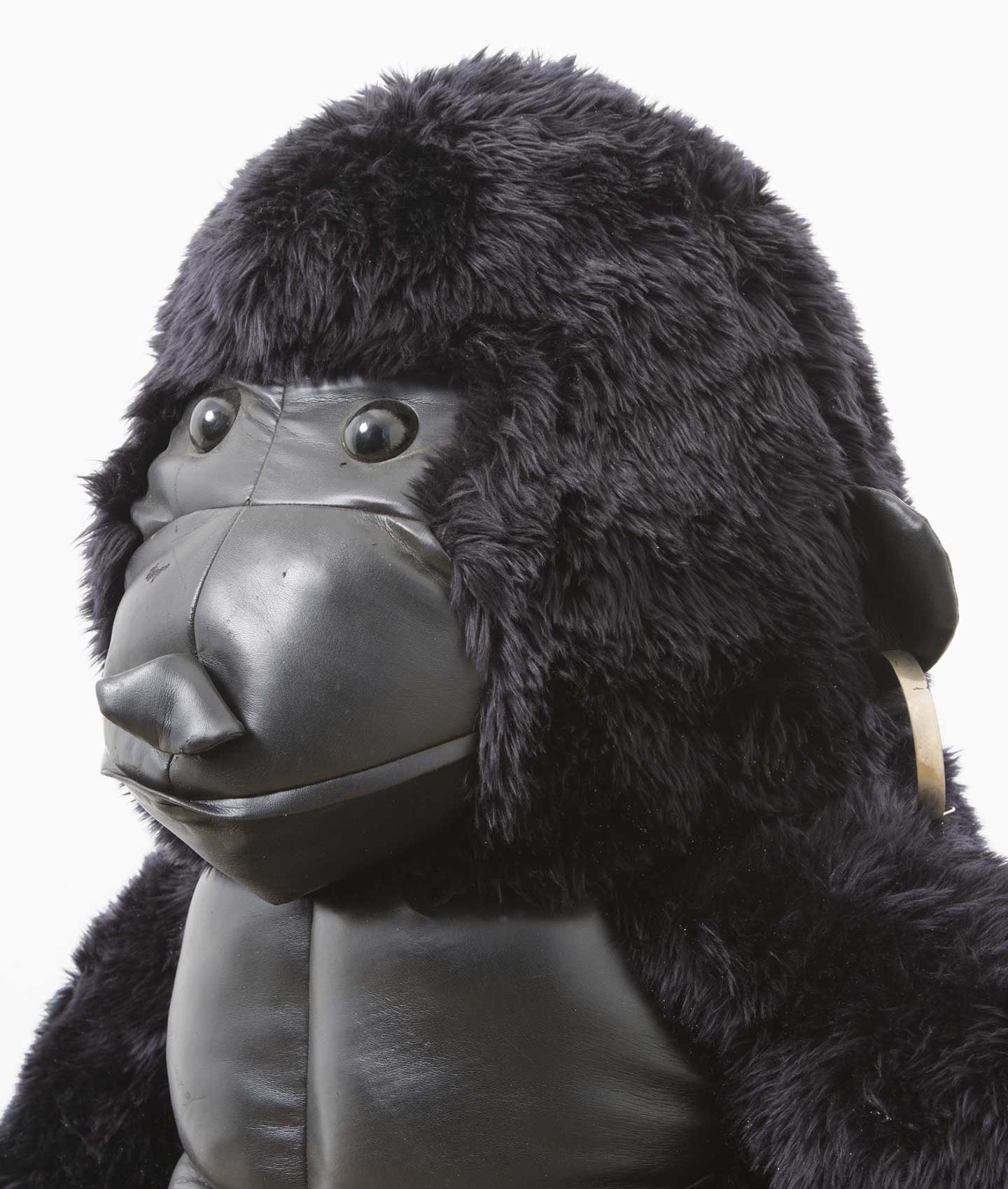
Donatien Grau: How did Deitch Projects come about?
Jeffrey Deitch: I begin my book on Deitch Projects with the line, “Deitch Projects was not meant to be an art gallery.” For a number of years, I had been working on exhibition projects. I started in 1975 with “Lives,” about artists who use their own lives as an art medium. Every few years there was another public project: Andy Warhol portraits in Hong Kong in 1982, “The New Portrait” at PS1 in 1984, etc. And then, a series of shows from 1988–92 crystalized all of my thinking about art and society: “Cultural Geometry,” “Artificial Nature” and “Post-Human.” I always try to challenge myself by developing thematic exhibitions that articulate my experience of new art. And while I was producing these exhibitions, I was also very active — and luckily, successful — as an art adviser. I had co-founded Citibank’s Art Advisory Service in 1979. It was the first professional art advisory service of its type. After ten years at Citibank, I became an independent art adviser. I had a very good run with some of the most exciting clients in the world. I was also in partnership with an important Japanese trading company, Itochu, and advising Japanese public museums and Japanese corporate collections. I was very active there during what is now called the “bubble period,” and even more active just after the “bubble period” when public museums still had their budgets and the rest of the art market was stagnating. I curated several ambitious shows in Japan, including “Strange Abstraction” in 1991 with Christopher Wool, Robert Gober, Cady Noland and Philip Taaffe, among others. I began looking for a space in New York where I could present exhibitions. In 1995, a building on Grand Street between Wooster and Greene, which I had been walking by and thinking about for twenty years, was offered to me. The “found architecture” of the building, with its entry passage opening into a high-ceilinged gallery with large skylights, was perfect for an art project room.
DG: What was the principle of Deitch Projects?
JD: As I visited artists for exhibition projects, and looked for works for collectors like Dakis Joannou, and for my own collection, I learned that most young artists had a project that they dreamed about. They said, “If only I had the opportunity, this is what I would really love to do.” And they just needed a little bit of money and a flexible exhibition space. It was a very exciting concept: go to artists and ask, “What is your dream project?” Almost every artist has a desire, and the Grand Street building was the ideal venue for the realization of these dreams. The space was perfect for an ambitious but containable project. You didn’t have to go overboard. So the formula was, I would find ambitious artists who had never presented a big project, or even a solo show in New York before, and I would offer them $25,000 in production money, and we would talk about the project, and if the project was exciting I’d say, “Let’s go for it.” And if we sold it, that would be great. We would try to recoup the $25,000, and then the artist and I would split the profit afterwards. Or if we didn’t sell it, I would just keep it, and that was the deal. Except for projects where there was nothing to sell, like Oleg Kulik’s performance — he spent two weeks living in the gallery as a dog — we were able to recoup the $25,000 advance through sales for almost every show.
DG: It was a place for historical shows, new works by unknown artists, performances and much more. It was very much a hybrid place.
JD: I often refer to the word “hybridity” as the most contemporary aesthetic concept. When I entered the art world, in 1974, abstraction was considered to be the most significant innovation of the 20th century. During the past forty years, the other momentous artistic innovations of 1910–13, such as collage and the invention of the ready-made, have become more and more resonant. Now it seems that collage is, more than anything else, the dominant aesthetic structure of today. The remix is an example of how collage has influenced the structure of contemporary music. Harmony Korine’s movie Spring Breakers uses collage to restructure the narrative of film. One of my favorite theater groups is the Wooster Group, which is kind of a collage theater. Christian Marclay collages film and music to create a new artistic form. Hybridity is the extension of collage into society.
DG: Your program was also a collage.
JD: Yes, Deitch Projects was also an open platform where artists from different disciplines and backgrounds could meet and collaborate. I was increasingly interested in creating an historical context for the new art that I was showing. The younger artists would talk about Jean-Michel Basquiat, Keith Haring, David Salle, Paul McCarthy, and other artists of my generation who I had worked with before. We began presenting historical shows of the works of these artists and others like Alan Suicide and Jonathan Borofsky. I was especially interested in art that emerged from the counterculture and street culture. My program always emphasized the fusion of conceptual and performance art and the interconnections between art and popular culture. Many of our projects were interactive. Yoko Ono is just an essential precedent. She’s one of the creators of this whole new vision. It was great to work with Yoko. We did fantastic projects with her. She’s a truly great artist.
DG: What is your ultimate goal?
JD: The ultimate goal is to make a contribution to society and to culture. Exhibitions and public art projects provide an opportunity to create this fusion of the aesthetic, the intellectual and the social. I think of my role as a cultural entrepreneur, helping to introduce the work of great new artists into the culture, to give them a platform. I also believe in the ability of art to enhance people’s lives, to liberate people’s lives, to act as a form of communication that transcends language to connect cultures together. After forty years in the field, I am still idealistic.

